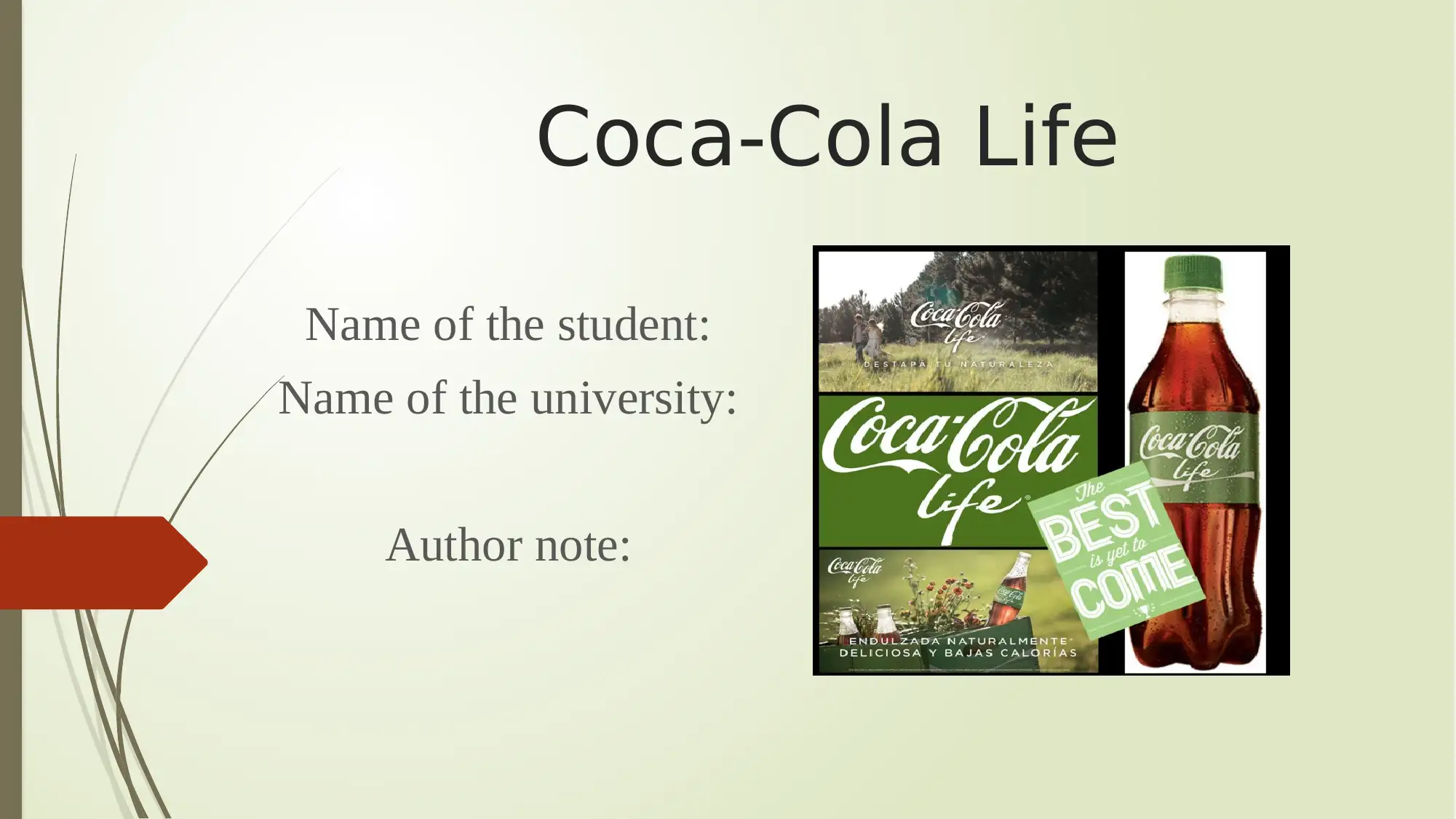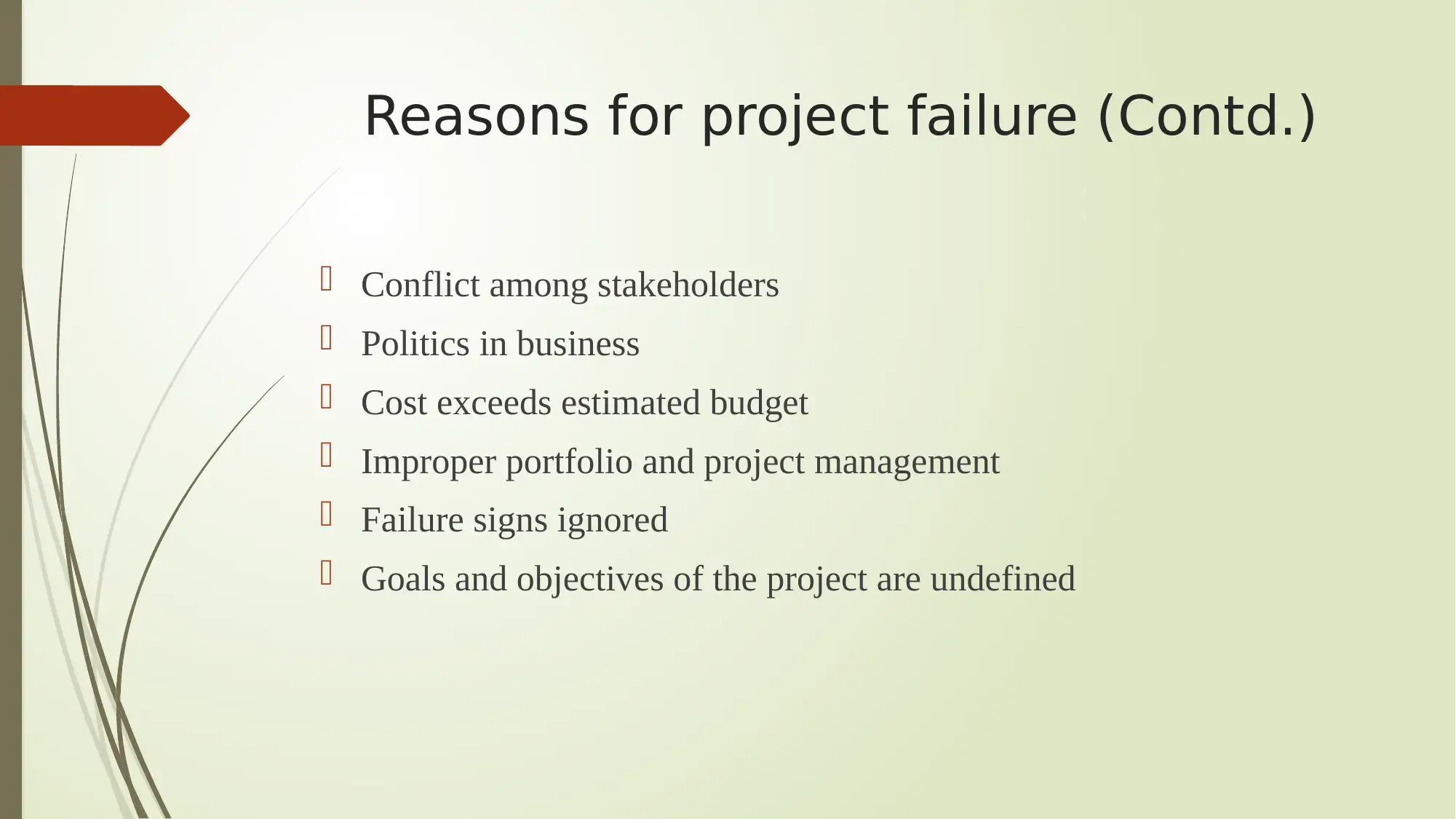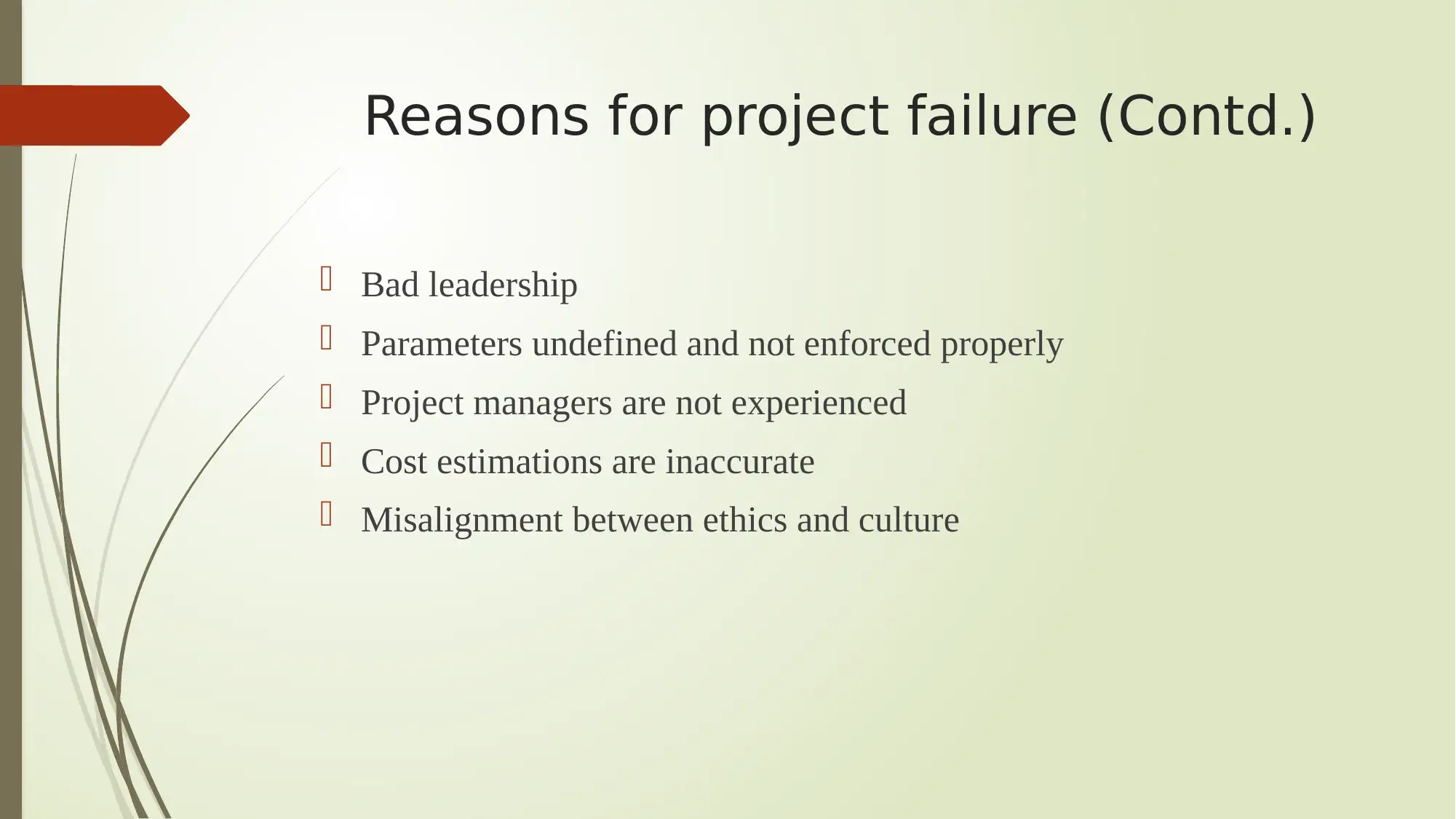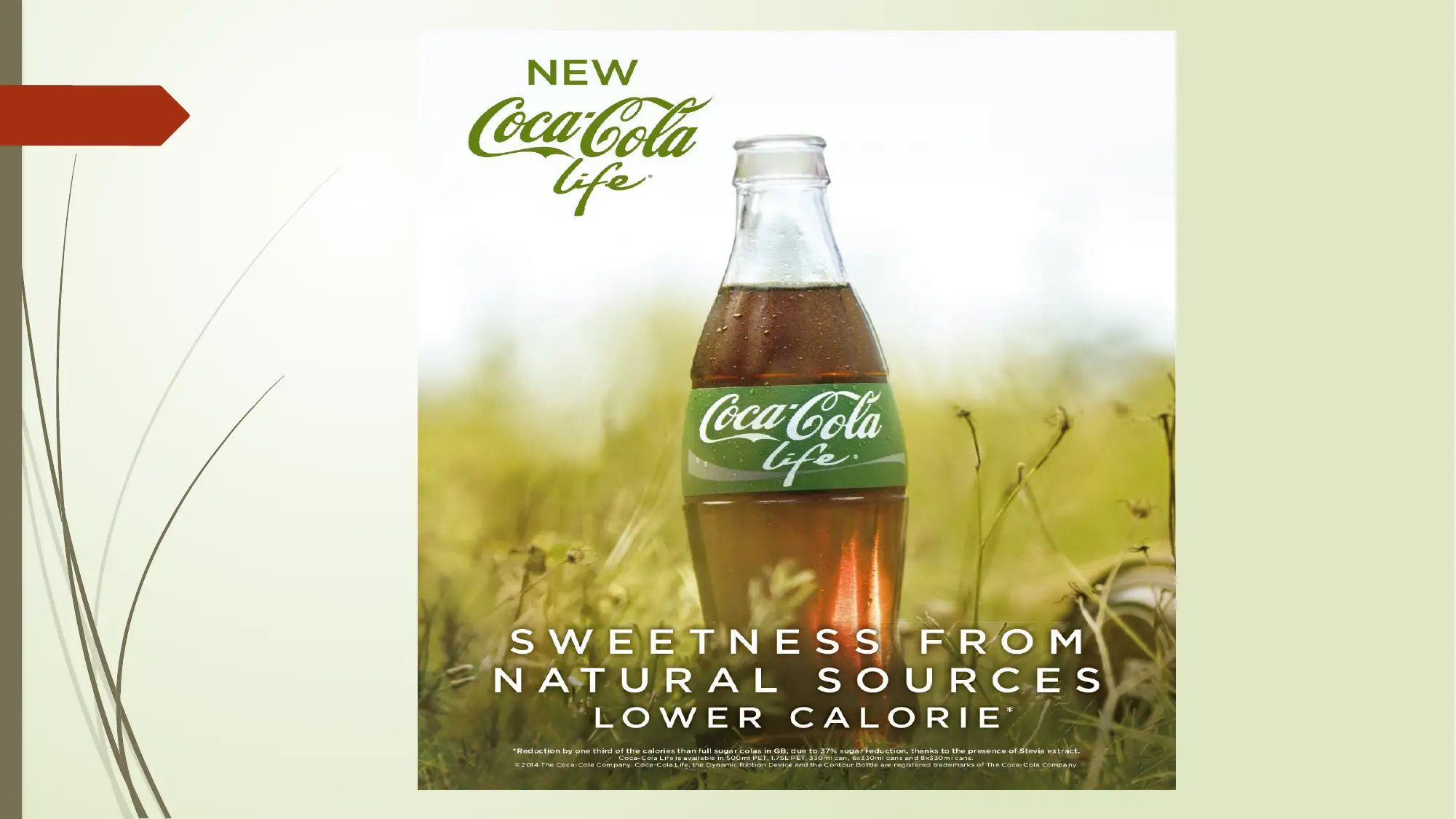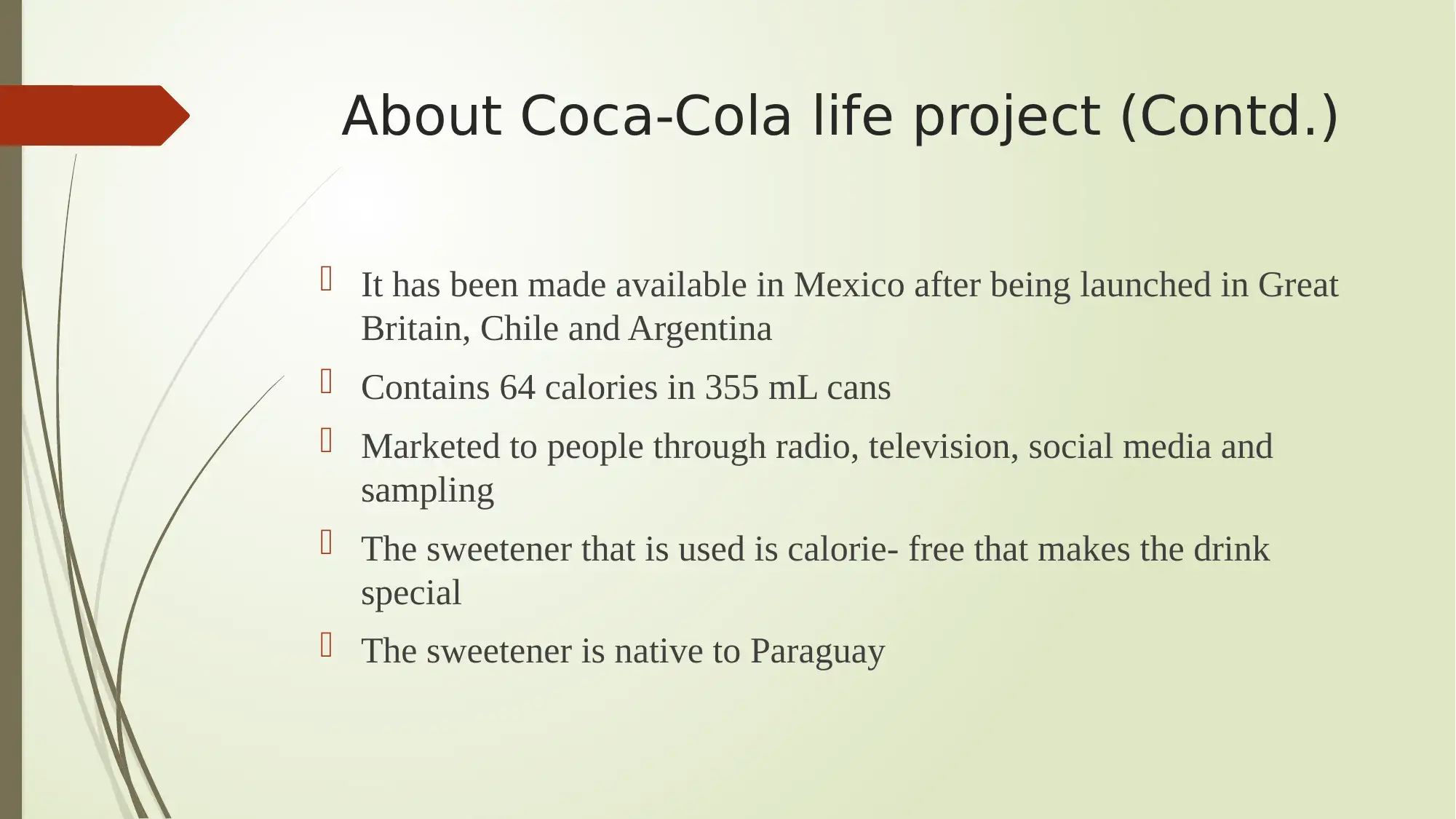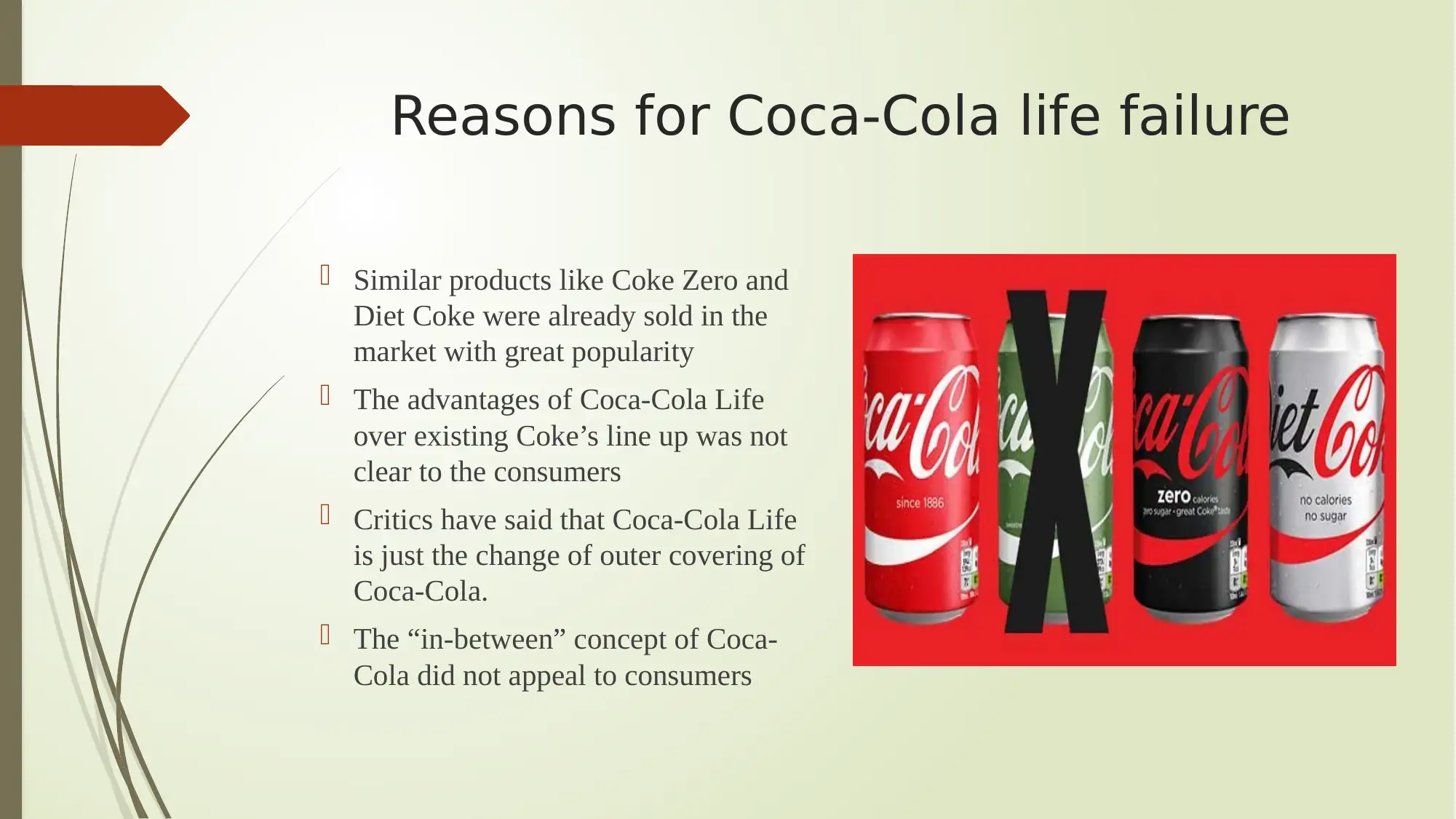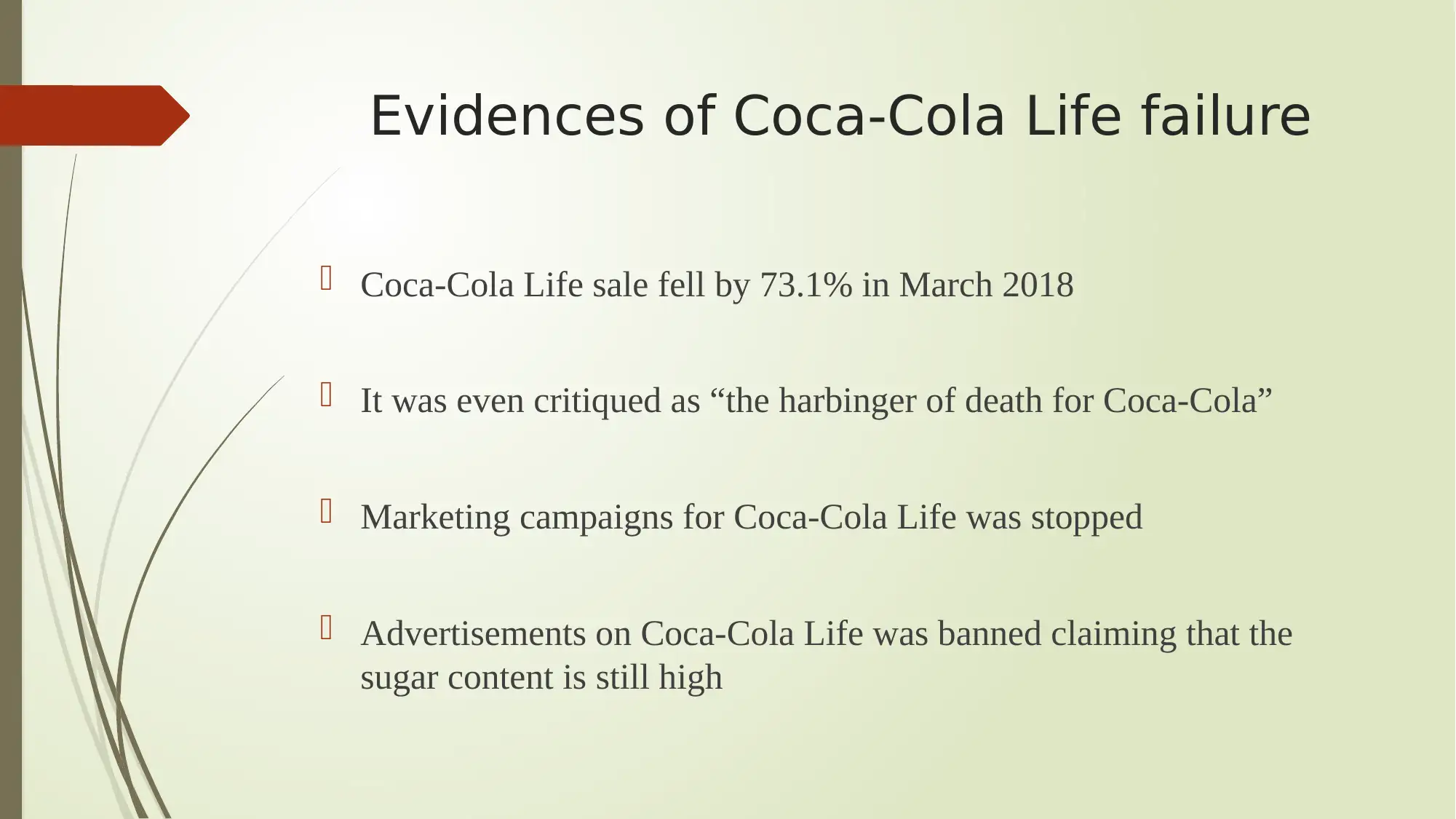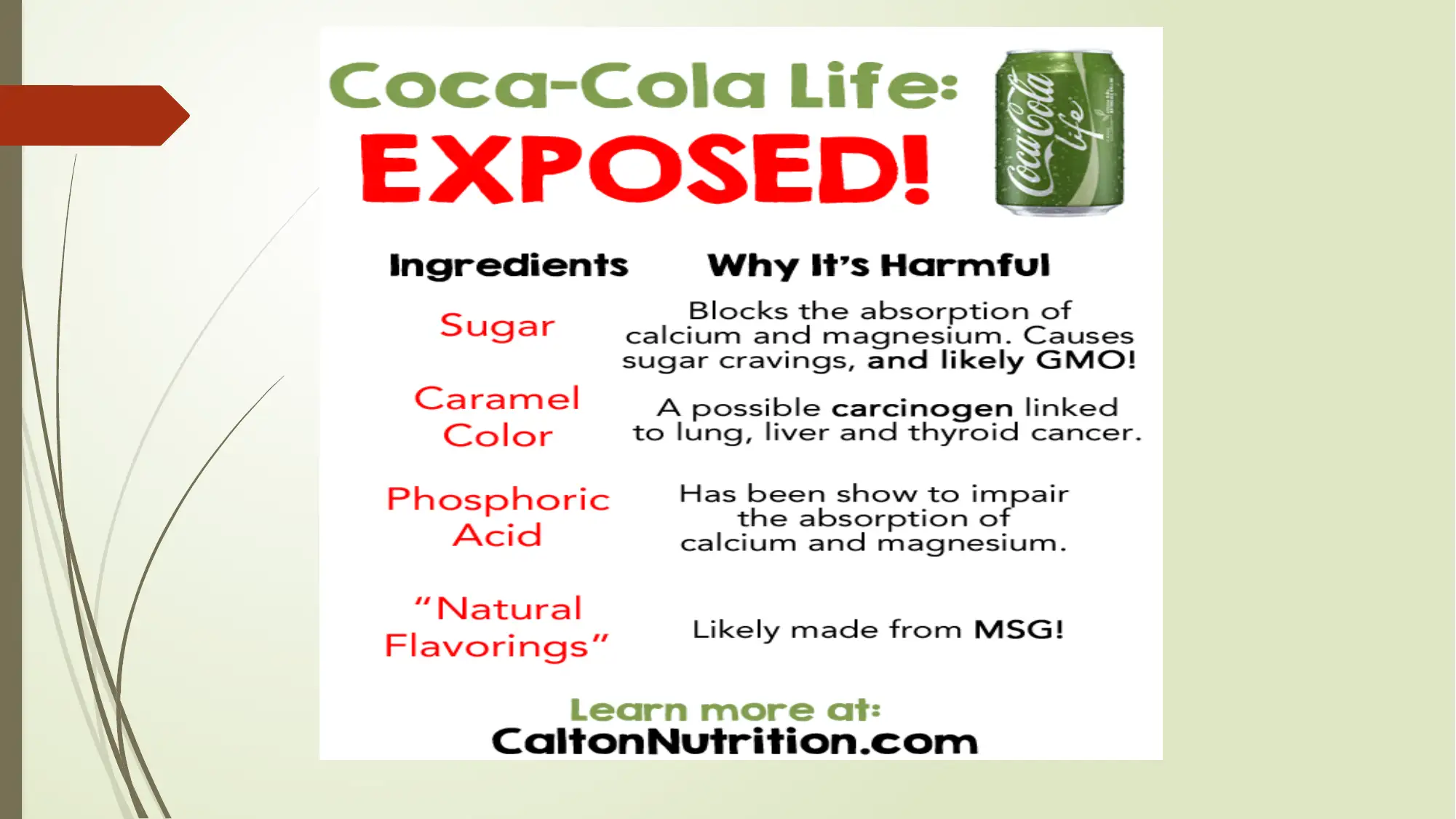Project Failure Analysis: Coca-Cola Life, Reasons, and Recommendations
VerifiedAdded on 2023/06/03
|15
|614
|165
Report
AI Summary
This report analyzes the failure of the Coca-Cola Life project, detailing the reasons behind its lack of success. The analysis covers various factors, including inadequate project planning, inefficient team management, poor communication, insufficient resources, and undefined goals. The report highlights specific failures such as the lack of a clear advantage over existing products like Coke Zero and Diet Coke, unattractive packaging, and ineffective marketing. The report provides recommendations to improve the business plan, such as adding new features, enhancing packaging, strengthening the marketing strategy, and conducting thorough market analysis. The report also suggests prioritizing consumer needs and demands. The report concludes by referencing several academic sources related to soft drinks, employee commitment, corporate social responsibility, and caffeine-related adverse effects, supporting the analysis with relevant research and data.
1 out of 15
